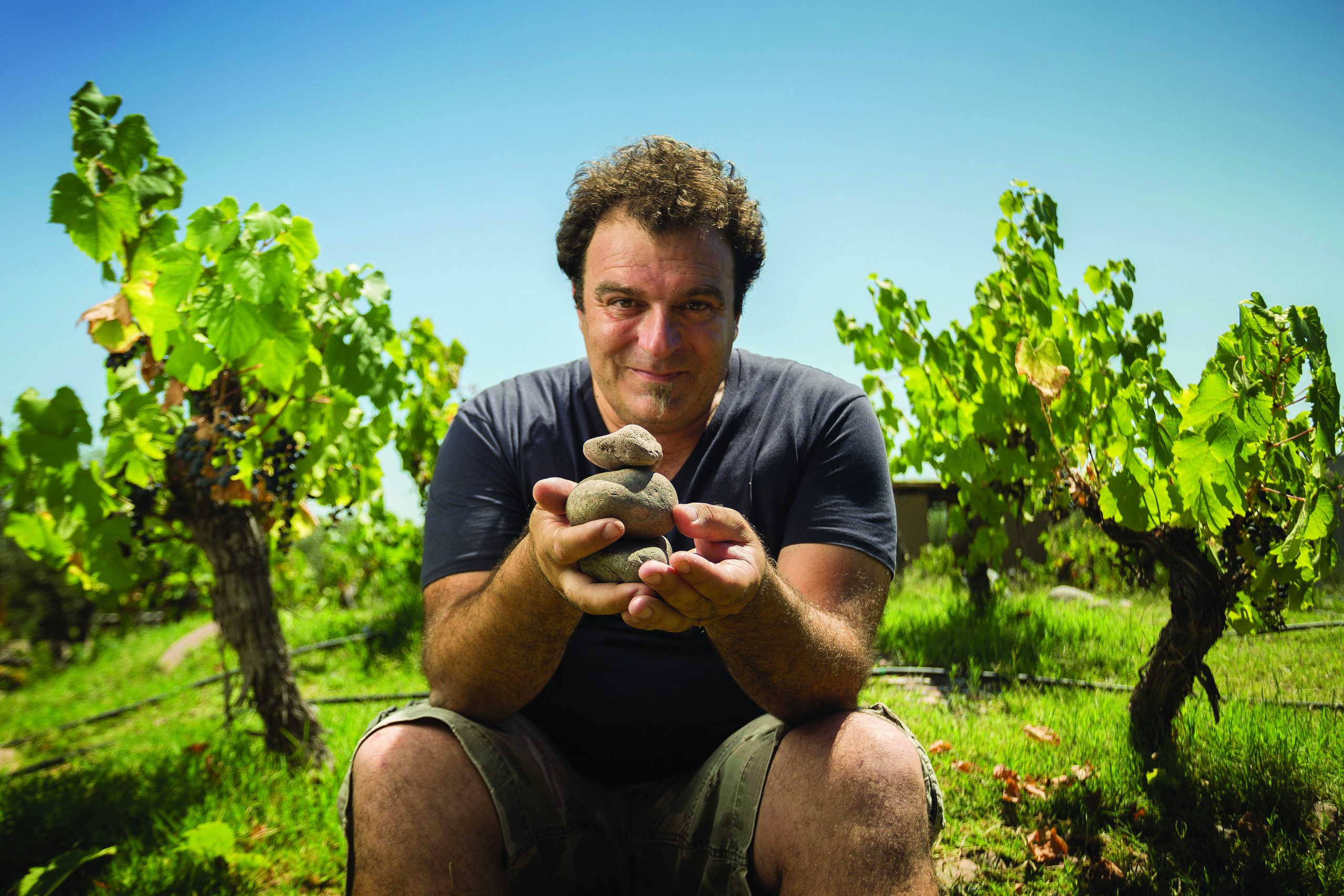This website uses cookies so that we can provide you with the best user experience possible. Cookie information is stored in your browser and performs functions such as recognising you when you return to our website and helping our team to understand which sections of the website you find most interesting and useful.
‘Jumping genes’ could lead to new grapes
By Simon HowlandA New Zealand scientist is looking at a way to create new clones of Sauvignon Blanc and Pinot Noir.
Research being undertaken by the aptly named Dr Chris Winefield could result in new grape varieties.
At the University of Lincoln near Christchurch, senior lecturer Dr Chris Winefield is studying transposons – DNA sequences which move from one genome location to another – and their application to grape clones, according to New Zealand’s National Business Review.
Winefield is studying whether the transposons, or jumping genes – small, mobile and normally silent genetic elements – can be woken up and reinserted into different locations in a grapes genome.
The research has ramifications for controlling disease and increasing productivity in vineyards and could conceivably lead to the creation of new examples of New Zealand’s two key grape varieties, Pinot Noir and Sauvignon Blanc.
If successful, the research could be applied to other grape varieties around the world.
Initially aimed at better understanding the identification and function of the genes that underpin key characteristics of grape vines, the research developed and new opportunities became apparent.
Subsequently a greater emphasis was placed on investigating the potential for manufacturing and encouraging the expression of genetic elements within grapevines that may, in turn, may come with commercial benefits.
Partner Content
“Through our five year project we have now proven this (cloning process) to be possible and are looking to extend this work to produce populations of grapevines in which every gene in the genome contains a transposon insertion,” said Dr Winefield.
“In a sense we’re looking to create stress conditions so as to ‘hyper-activate’ the genome, thereby creating conditions conducive for dense, multiple transposon insertions,” he said.
“We can then search the individual plants for transposon insertions in their genes and subsequently assess to what extent the transposon has disrupted the gene and what impact this will have on the plant.”
Transposons could be manipulated to create new varieties (Source UCSF)
And Winefield said this, in turn, could lead to new varieties: “From there, we can assess which plants we could be interested in from a commercial perspective; for instance, for reasons such as disease tolerance, sustainable production, or a capacity to produce an interesting new variety of wine.”
Genomics is the study of genes and genomes and their application in a wide range of fields from agriculture to medicine.





